Almost everybody knows that plastering of walls is an effective way to eliminate defects and irregularities of surfaces. But when it is necessary to do the work independently for the first time, many questions often arise related to the technology of applying the solution to different surfaces. Consider how to beginners to plaster the walls with their own hands: videos, photos and recommendations of experts.

How to plaster walls: features of technology and material selection
Before you begin to plaster the surface, you must accurately represent all the features and nuances of this process. In this case, for a novice master there will be no insurmountable obstacles, and the result of the work will be close to professional.
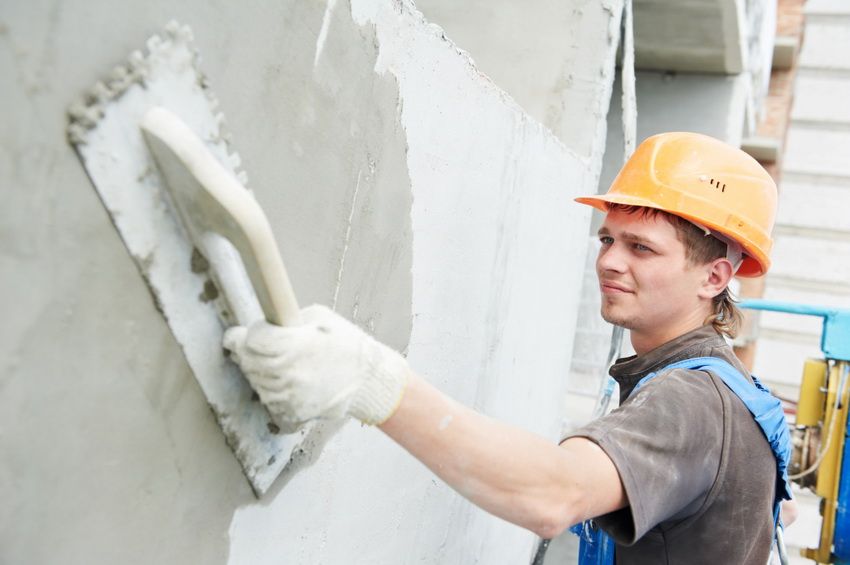
In addition to theoretical knowledge in this area, it is important to gain basic practical skills that will help in further work. It is best to first practice on the smallest least visible area. This will provide an opportunity to check their own capabilities and to identify common errors that occur during work.
The experience of plaster is useful to any owner of an apartment or a private house, who prefers to do repairs on their own. Stucco is often used to level the surface that walls of almost all old houses need.
It is important to choose the correct plaster mixture, taking into account the features and material of which the wall is built. Also worth considering the type of surface and environmental features. In many respects it depends on whether work will be done outside or inside the building. Consider the features of technology for each type of surfaces.
In order to properly plaster a brick wall, it is better to use a mixture that was made on the basis of cement. Sometimes the composition includes lime, which gives the mixture additional plasticity. This allows the use of plaster in rooms that are characterized by high humidity. Or in the case when the work is carried out outside the building.

The procedure for applying plaster on a brick wall is carried out taking into account the following recommendations:
- the layer of the mixture, which is applied to the brick wall, should not be more than 30 mm. It is important to know that if the thickness of the layer is more than 20 mm, it is necessary to use a netting net as a base. This will keep the layer of the mixture and make it more reliable, not allowing the floor to fall away from the wall over time. Plastered in this way can be both external and internal walls of the building;
- in order for the coating characteristics to meet the requirements, it is necessary to mix all the ingredients correctly, observing the following proportions: do you need to add 1 part cement? parts of the sand, pre-cleaning and sifting it. After that, water is added and all components are mixed until such time as the solution becomes plastic, while retaining its density;
- another option is a cement-lime mixture. For its preparation will require 1 part of cement, as well as 5/7 parts of sand and? portions of lime dough. In this case, you first need to mix the cement and sand, and then add to them lime, previously diluted in water to the consistency of milk.
Helpful advice! If, as a result of the preparation of the plaster according to all recommendations, the mixture is still too thick, it is allowed to add a small amount of water.
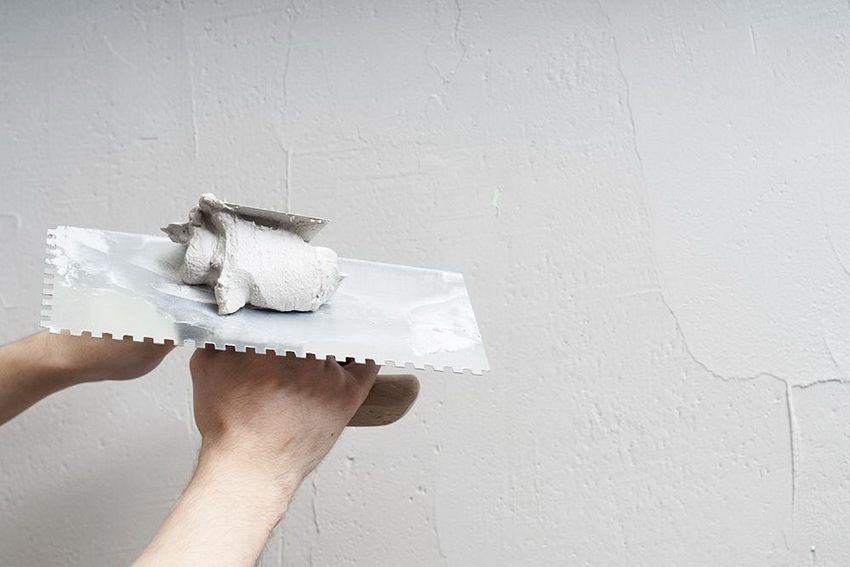
One of the most difficult cases is the need to plaster over facing bricks. Its surface is too smooth and this significantly impairs the adhesive properties of the plaster. In some cases, the use of reinforcing mesh may not be effective and the plaster is peeled off in pieces or just rolls over the surface. For such complex surfaces there is an affordable solution in the form of special primer compositions.
In such cases, you can contact a professional builder for a recommendation. It will help you choose the best variant of the primer and a suitable reinforcing mesh with all the features of the surface.
Although many people prefer to do everything on their own, after watching the training video. For beginners, plastering walls may seem too difficult, however, the necessary skill is formed quickly, and after a few hours of training it will be much easier to apply the mixture smoothly and beautifully.
Note! A video can be very useful as a beginner to plaster plasterboard walls with your own hands. This process has its own nuances and, if necessary, should be considered individually.
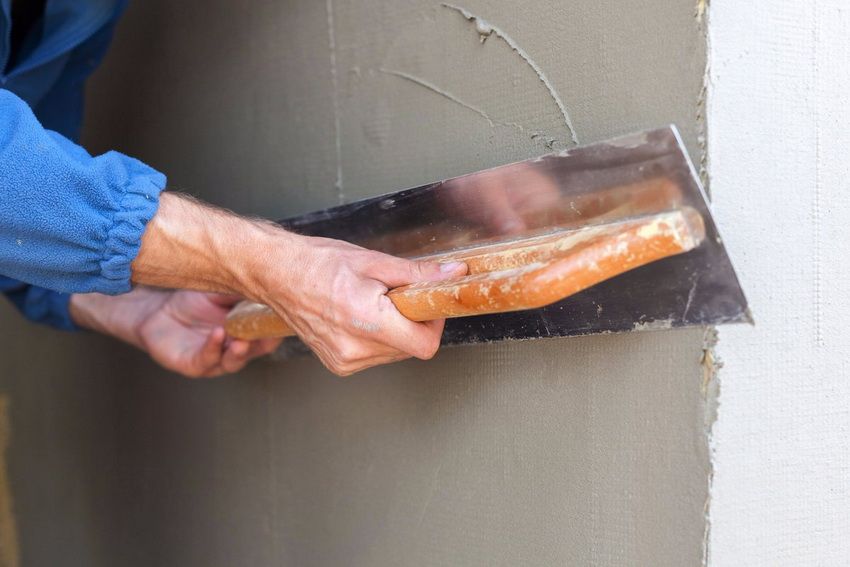
Work with a concrete surface has its own nuances. If the surface is smooth, preliminary preparation and application of a primer to which quartz impregnations are added will be required. This allows you to make the wall rough and provide the necessary adhesion of the surface with plaster. To enhance the adhesion of the mixture and the wall, it is recommended to add gypsum powder to the solution during the mixing step.
The better to plaster the walls inside the house, if we are talking about a concrete surface? For this purpose, suitable gypsum-lime mortar, which can be prepared using the following components: 1 part gypsum and? parts of lime. First of all, gypsum is mixed with water. This should be done very quickly to prevent thickening of the mixture. Then add lime mortar and again it all quickly mixed until smooth.
A complex preparation process is not required if the concrete wall initially has a rough surface. In this case, it will be enough to use the traditional technology of applying plaster.
Helpful advice! Experts say that regardless of the type of concrete wall to be plastered, it is useful to pre-apply a layer of primer deep penetration.

Special attention is required to answer the question of plastering the walls in the bathroom under the tile. Difficult operating conditions, characterized by high humidity and constant temperature changes, may adversely affect the condition of the coating.
Choose what plastering the walls in the bath accounts for two options: cement and plaster composition. The first option provides excellent waterproofing, which in conditions of high humidity is an indisputable advantage. In addition, the material is characterized by vapor resistance and extremely high strength.
But the use of gypsum plaster for finishing the bathroom has some nuances that have to be considered. First of all it concerns the layer thickness. It should not exceed 20 mm. And before proceeding with the laying of tiles, it is imperative to treat the surface with a primer.
Thus, in the bathroom it is better to produce plaster walls with cement mortar. The material is applied easily with its own hands, and its characteristics show that the coating will last for many years and will be a good foundation for tile.
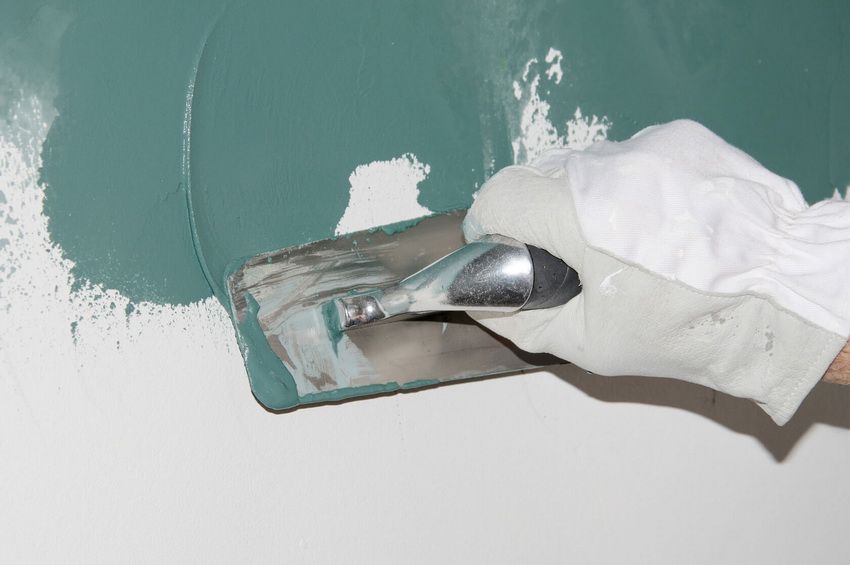
We should also consider the question of how to beginner plaster the ceiling with your own hands. Video tutorials demonstrate all the complexities and subtleties of this task, so that the owner can only follow the recommendations for a good result.
One of the main conditions for working with foam concrete is the use of reinforcing mesh. In this case, the use of both plaster and cement mortar is permissible. The main thing is to prepare a high-quality surface by treating it with a special impregnating primer that is able to penetrate deep into the surface. But sometimes it is still necessary to use additional measures, for example, fixing a special reinforcing fiberglass mesh, which is called “serpyanka”.
Responsible approach to the choice of materials for plastering walls determines the life of the coating, as well as the level of comfort in the process. In specialized stores you can find ready-made mixtures for all types of surfaces. Therefore, if there is no desire to tinker with mixing components, you can simply purchase a ready-made version. This product is simply diluted with water, after which it will be ready for use. Moreover, the recommendations of the manufacturers will make it possible to understand the better to plaster the walls in one way or another.
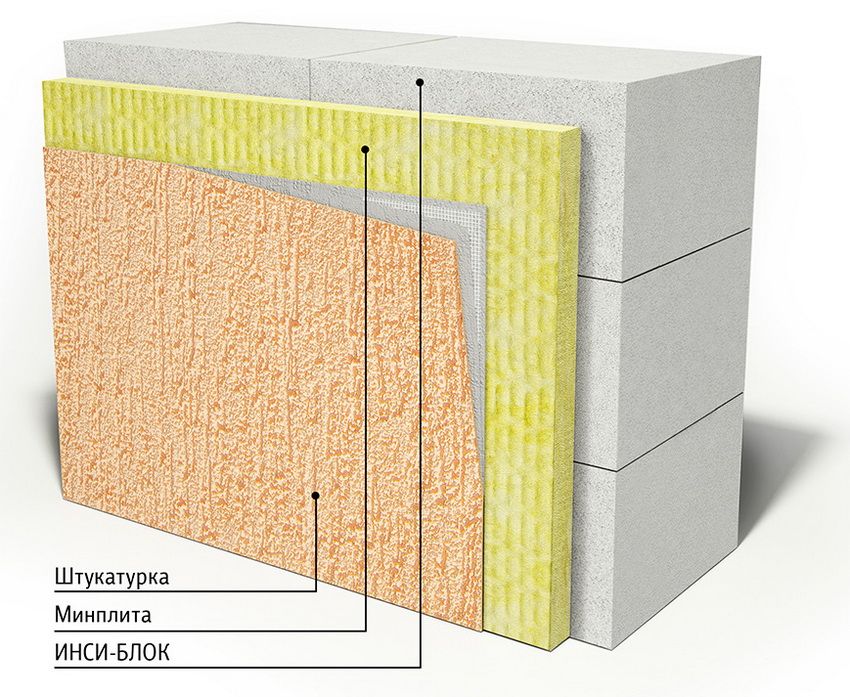
Important! Given the variety of dry construction mixtures, it is very easy to get confused in them and to acquire not exactly what is required. Therefore, it is recommended to carefully read all the instructions and recommendations that are attached to the manufacturer of the product.
It is first necessary to carry out preparatory work aimed at cleaning the surface from various kinds of contamination and to remove old finishing materials. This stage is important, as it determines how well the plaster will hold in the future.
In order to ensure reliable adhesion, it is necessary to thoroughly clean the wall, removing all that may be between its base and plaster. The cleaning method is chosen taking into account the characteristics of the material of which the wall consists. All cracks identified during the preparatory phase are necessarily eliminated to prevent cracking of the plaster in the future.
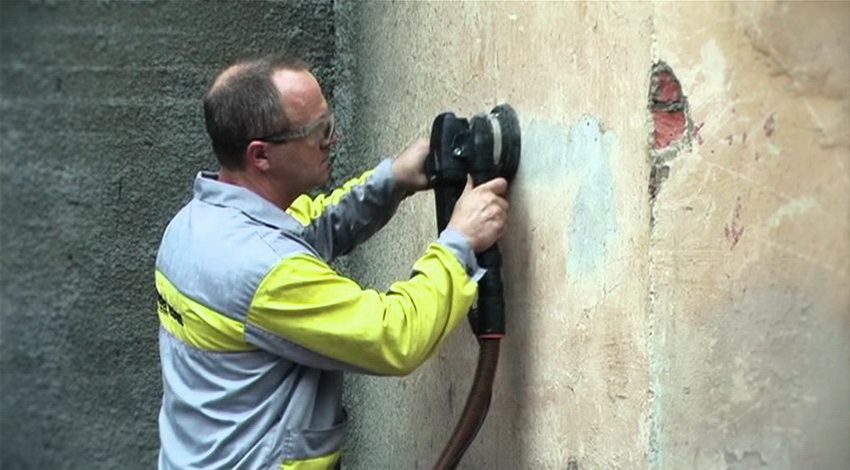
Fill the wall with cracks in various ways, each of which is suitable for a particular size of damage. For small cracks that penetrate deep inside the wall, it will require expansion to get to the narrowest part.
Having found its base, it is cleaned in order to eliminate dust and dirt. Then, using a brush, a primer is applied liberally. When everything is completely dry, the crack can be repaired with a putty prepared on the basis of gypsum or cement. Using a spatula, you need to try as much as possible to level the “patch” with the surface of the wall.
A shallow narrow crack may well be sealed with a sealant or silicone compound. Usually complete with a tube is a special nozzle with a thin spout, which allows you to easily carry out such operations, directing it into the depth of the crack.
If you want to repair really extensive damage, then you can use assembly foam for this purpose. Usually, one coat of primer is applied, then the space is filled.
Helpful advice! If in the process of work, the excess foam protruded above the wall level, they can be easily removed by cutting with a sharp knife.
The better plaster brick walls inside the house – a controversial issue. However, regardless of the choice, a quality surface preparation procedure must be carried out.
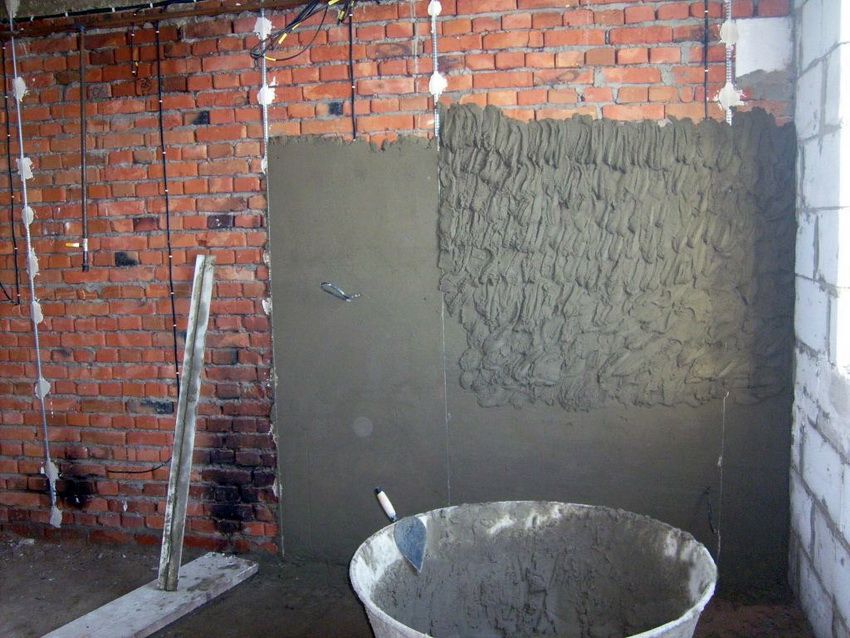
Often we have to deal with the fact that on the surface of a brick wall there is already a layer of old plaster. In this case, you need to get rid of it. To do this, you can use water and a sponge, several times wetting the surface and waiting until the water is absorbed. This procedure will greatly facilitate the task.
After that, using a trowel, the thickness of the working surface of which is at least 1.5-2 mm, as well as a hammer, the old plaster is knocked down. To do this neatly and at the same time effectively, you first need to gently hammer one of the sections of the wall with a hammer. As a result of this procedure, cracks will appear that allow the spatula to pick up the coating. If necessary, the spatula handle can also be tapped with a hammer to facilitate the process of removing the old coating.
How to plaster walls with cement mortar or a mixture, which includes gypsum, you can learn by watching the training thematic video. Video how to plaster the walls in detail tells about the preparation and conduct of each stage.
In addition, this way you can get answers to many interesting questions, for example, how to plaster the corners of the walls and what needs to be done in order to keep the coating in its original form in the future. It is necessary to pay attention to the stage of finishing – puttying of walls and their further processing.

